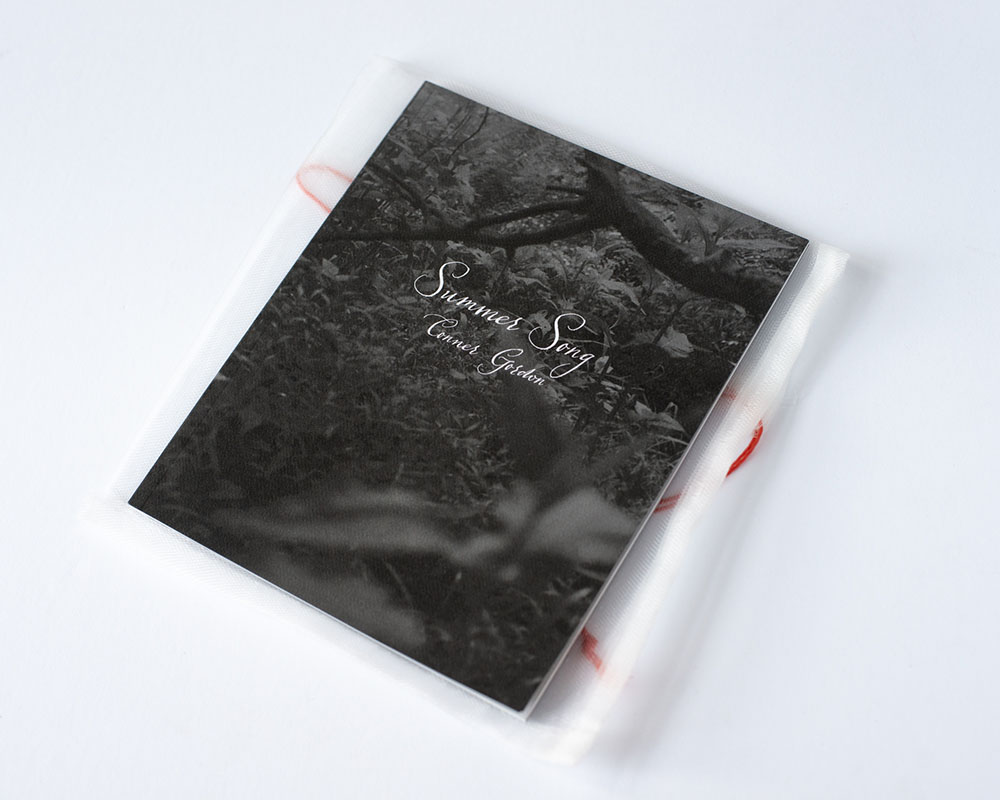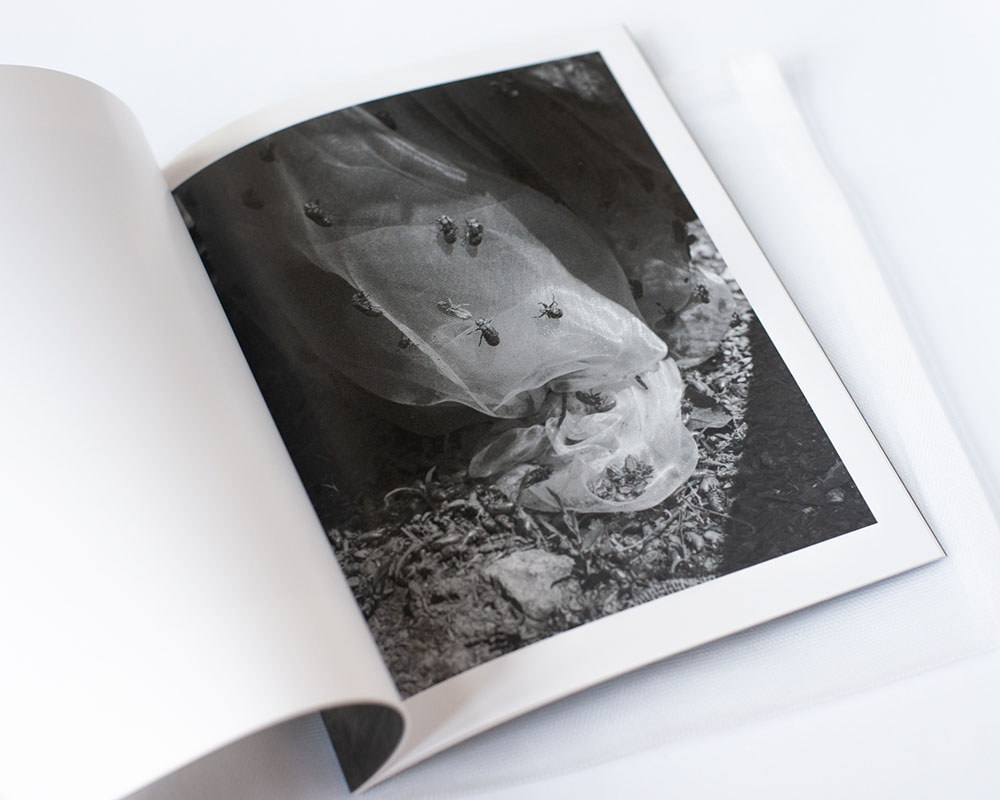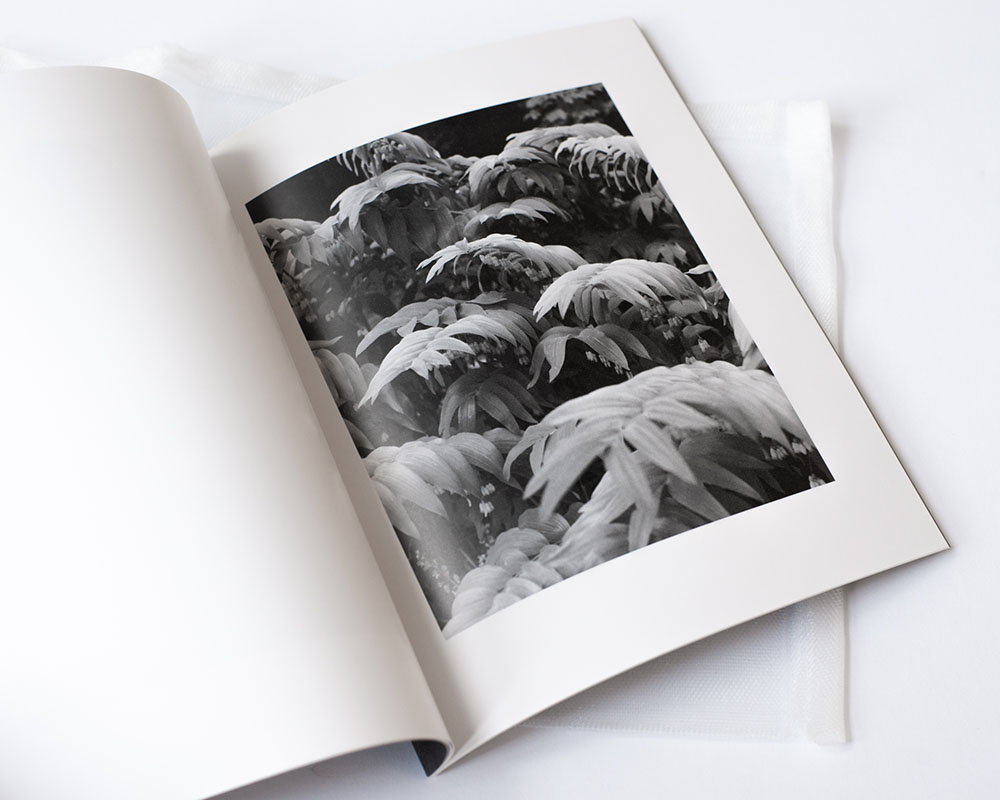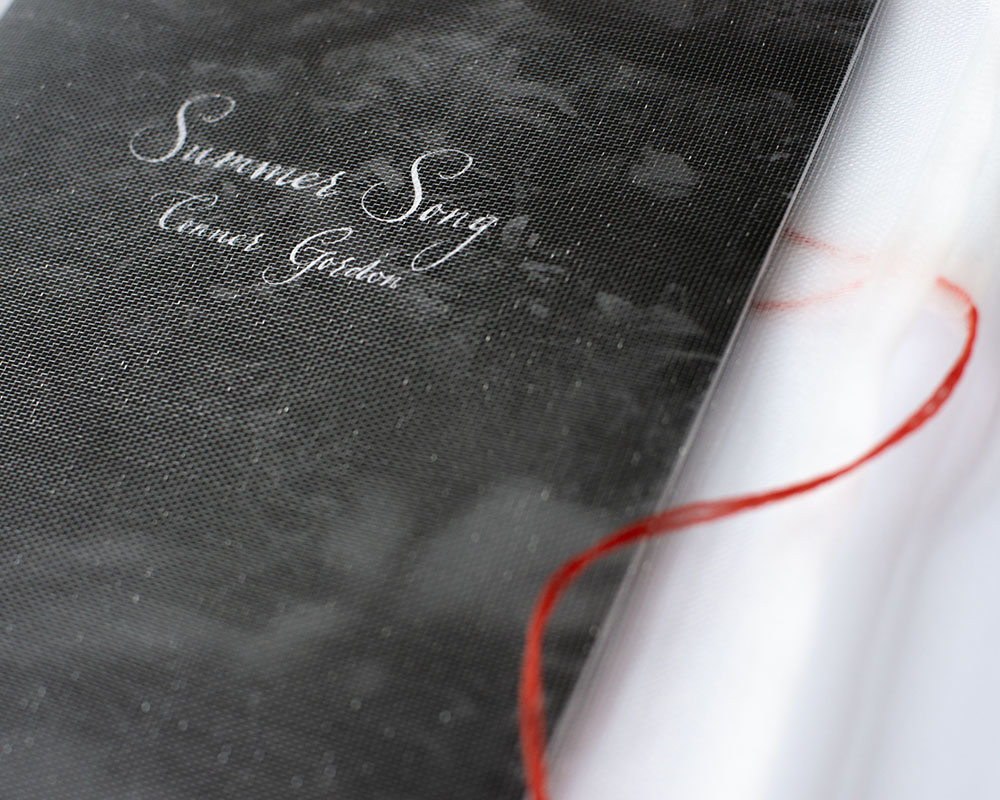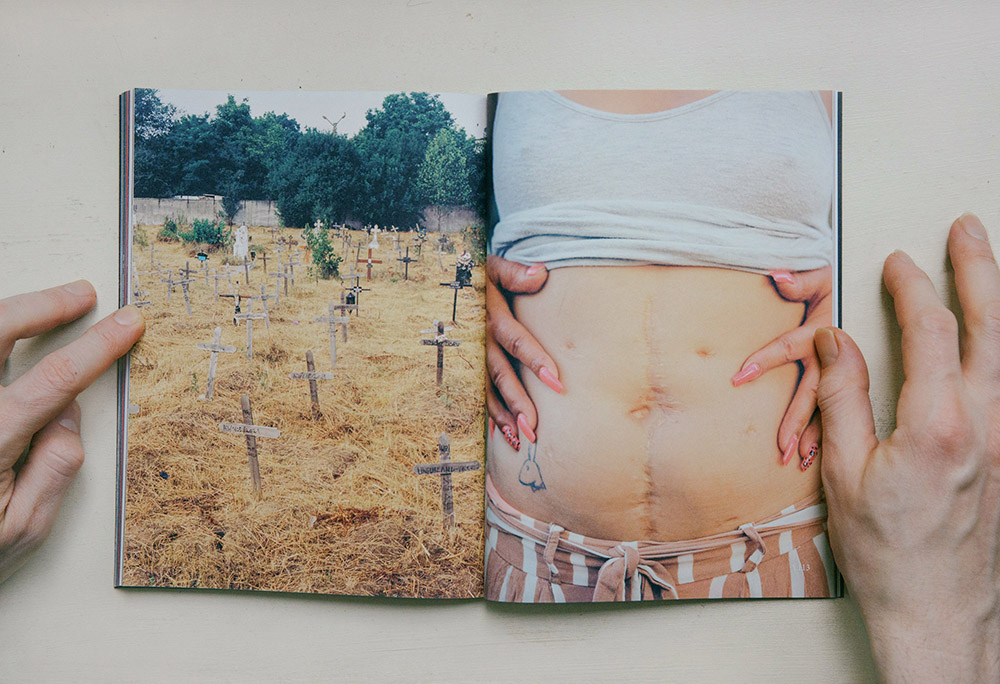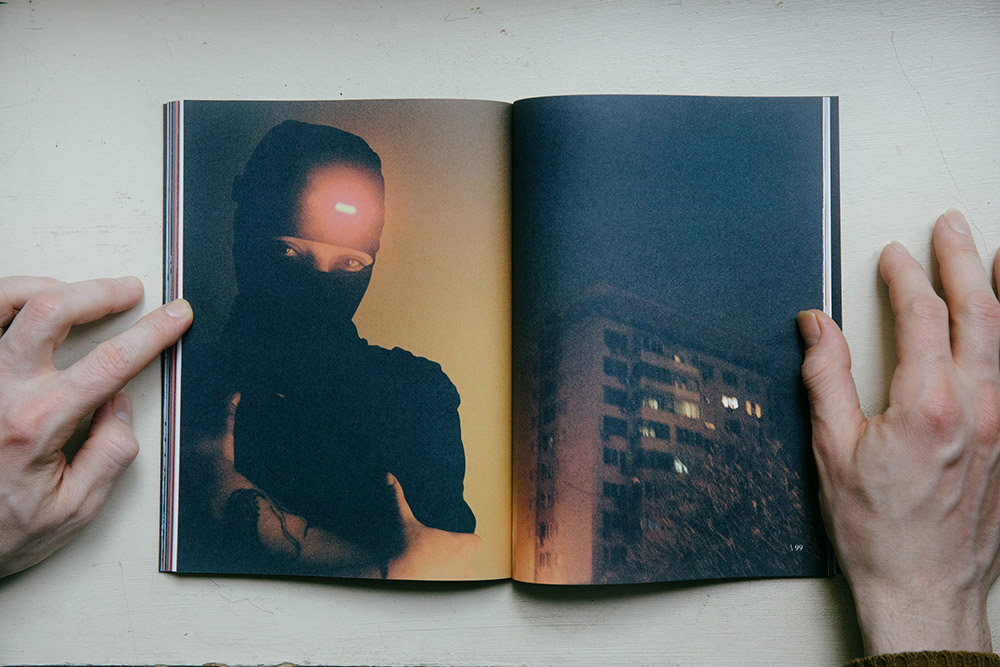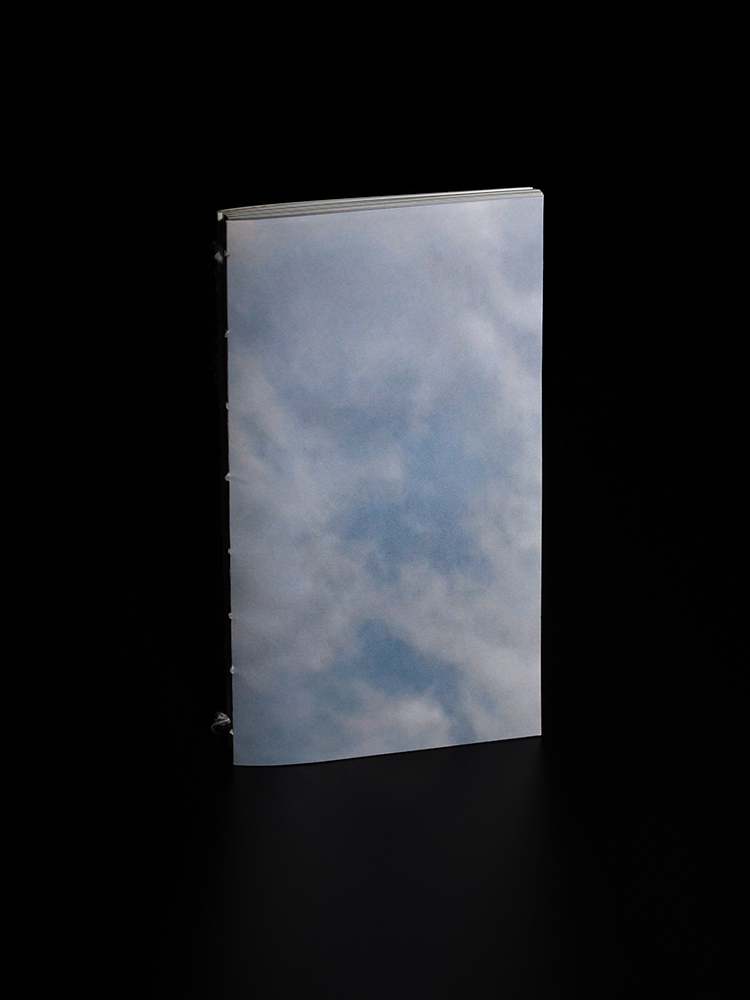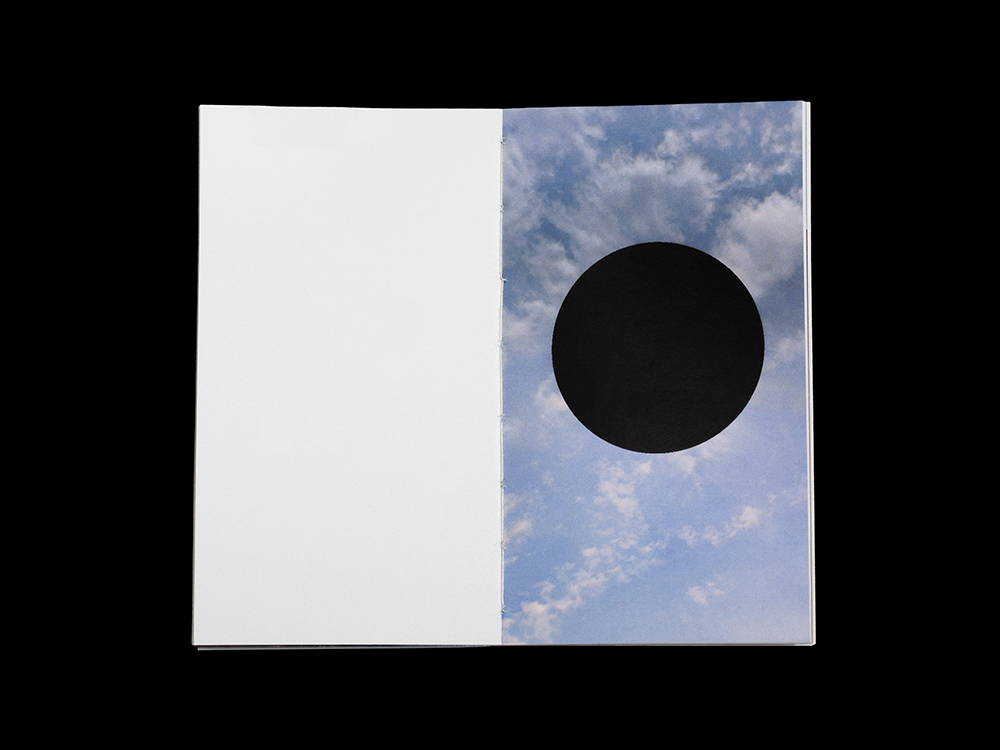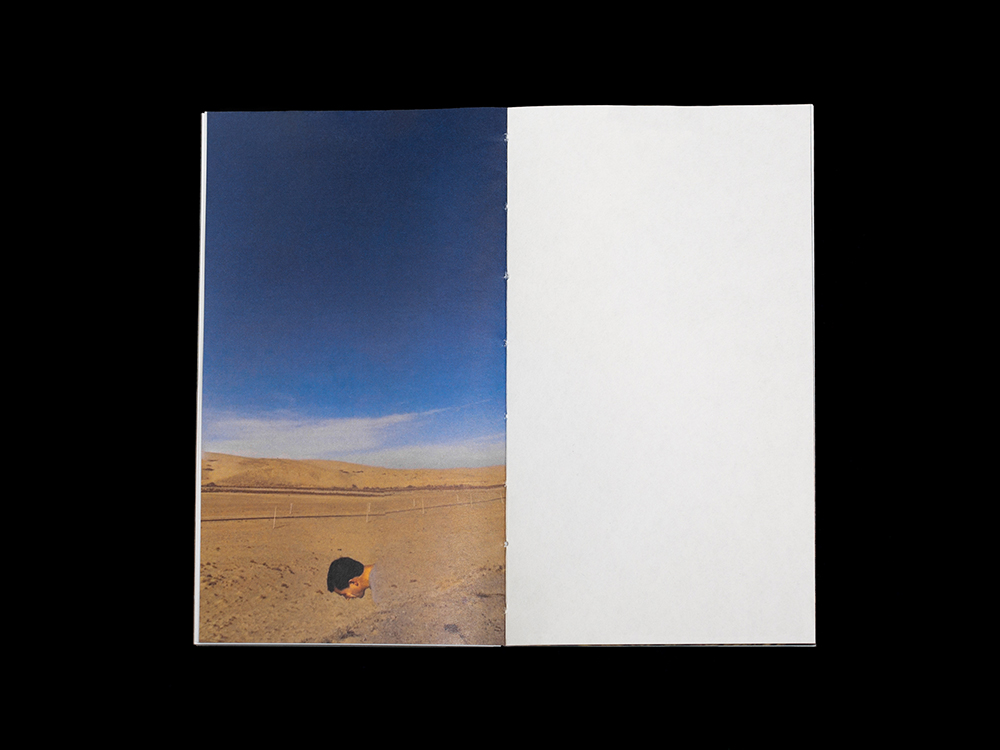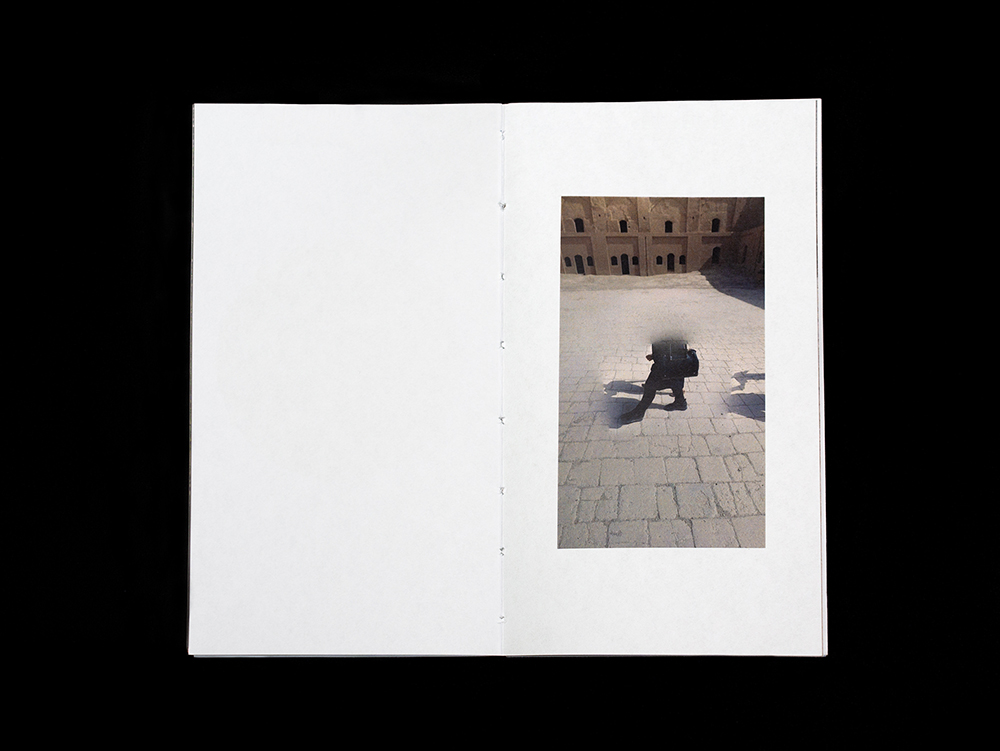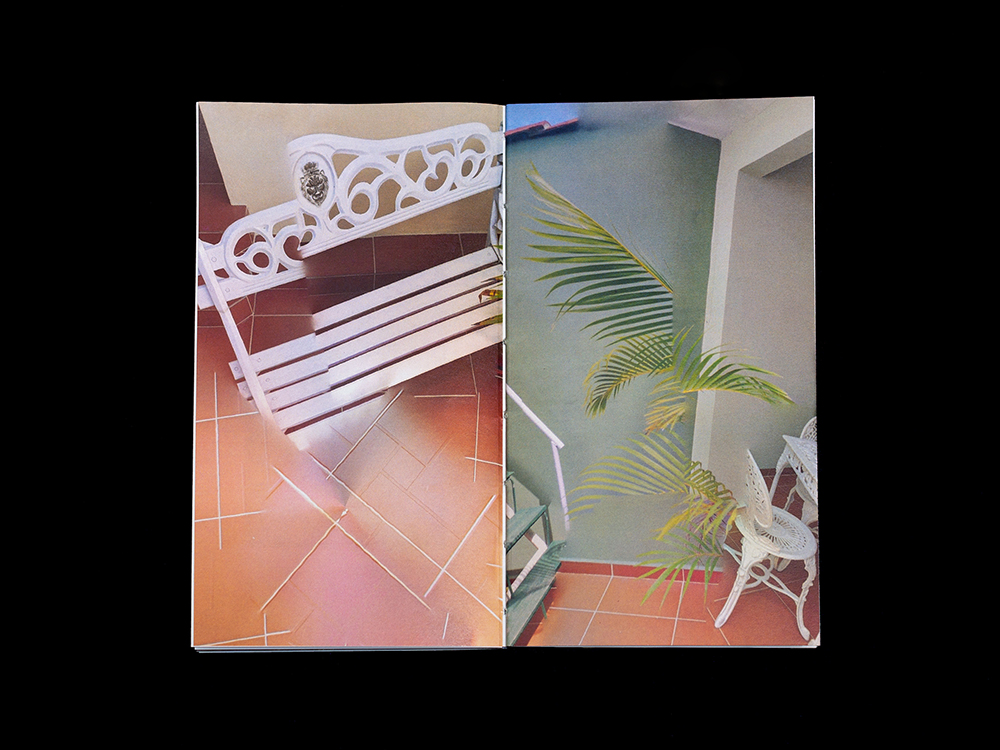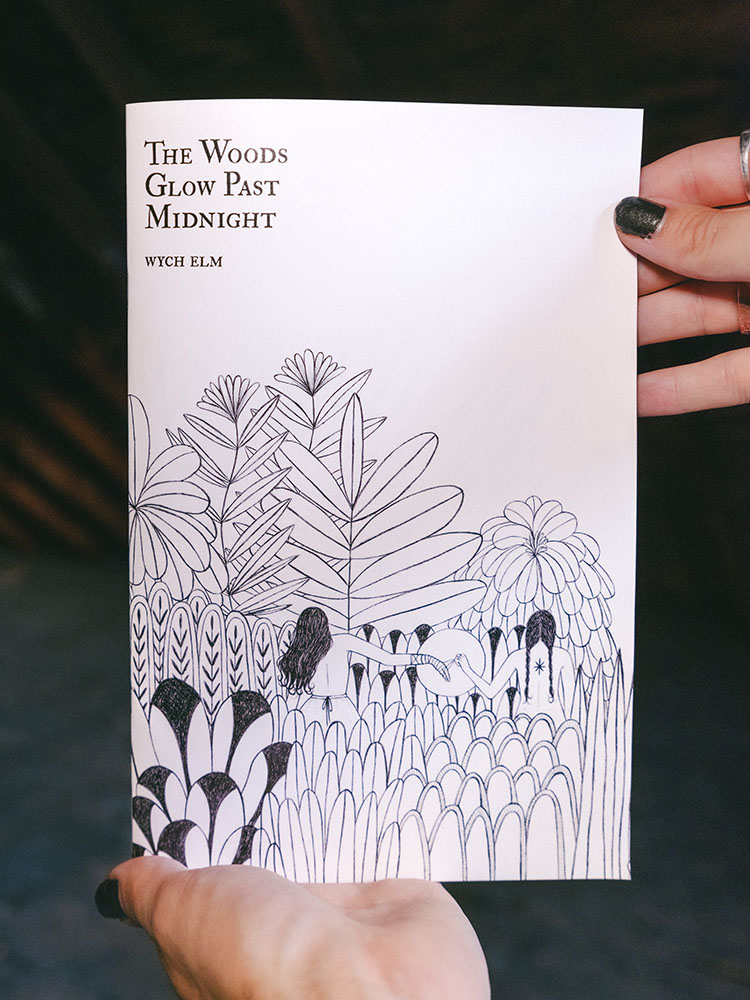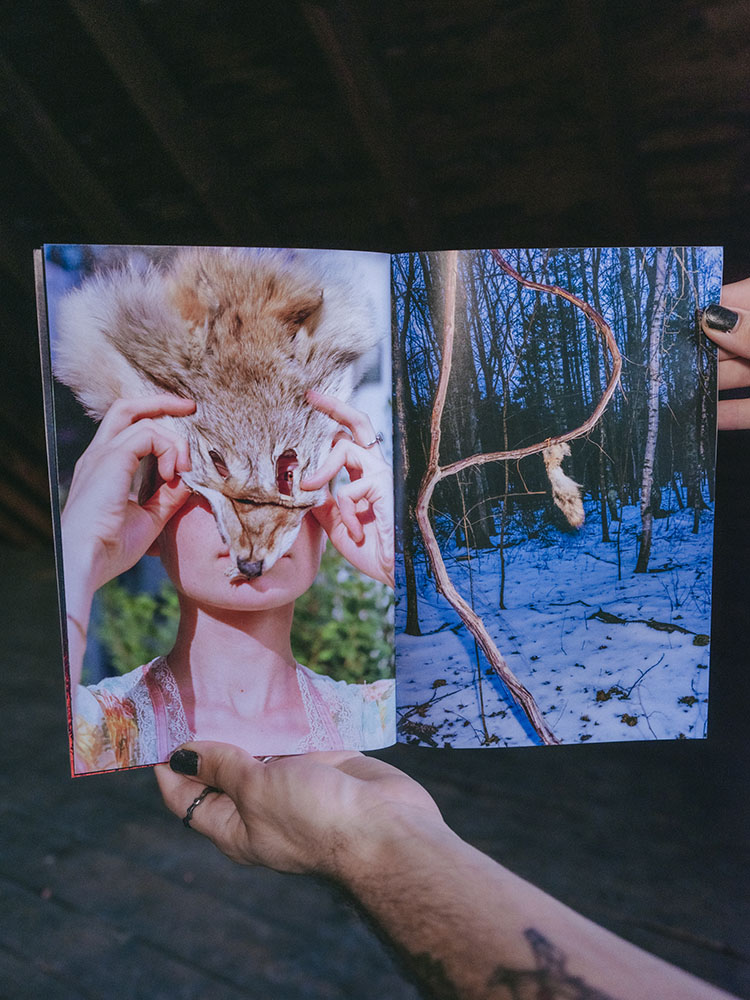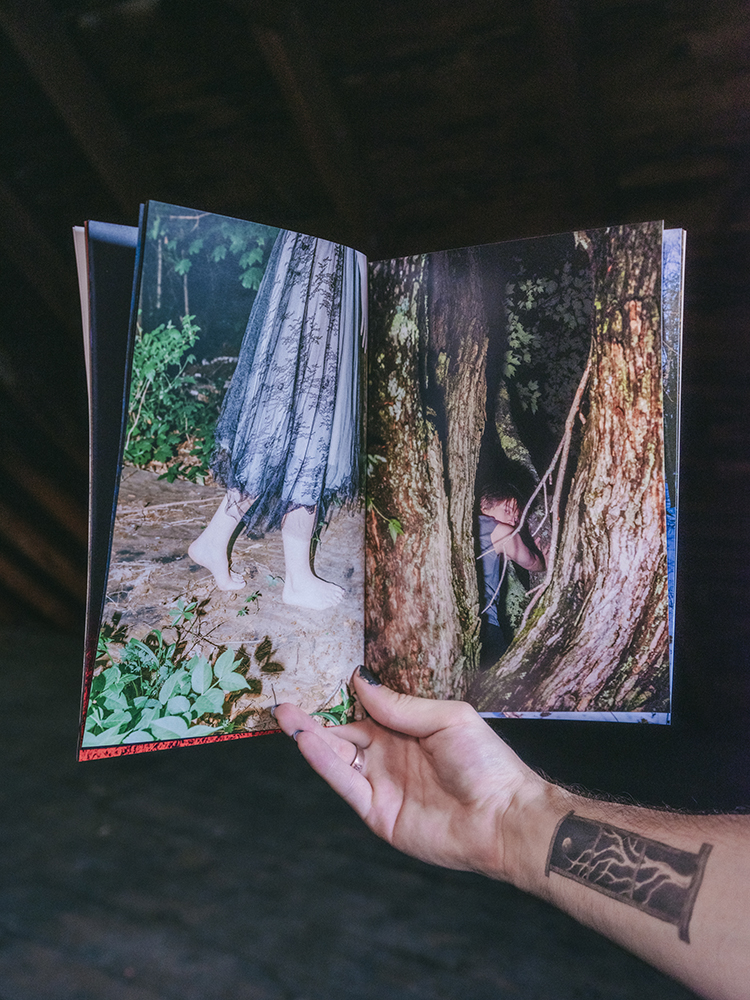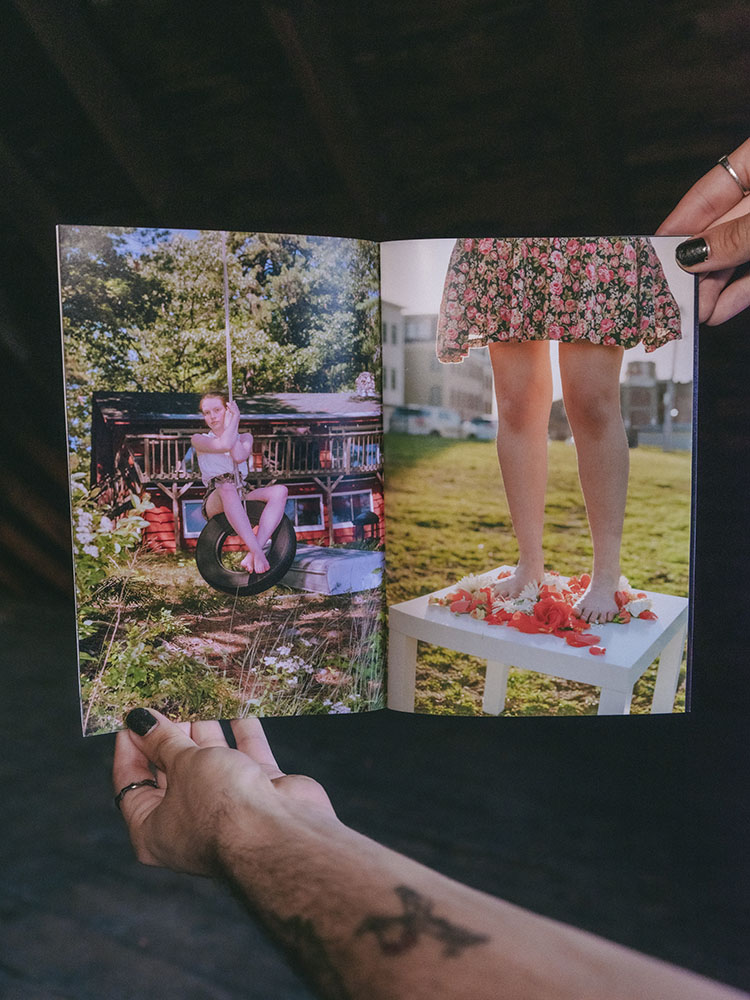All About Zines: October Issue
In a conversation last year, an artist friend of mine and I discussed the need for a space to discover zines. In some ways a space like the one we discussed, digitally available to an international audience, is antithetical to the very idea of the zine which is generally considered to be defined as a small-circulation publication. The more I talked to people, however, the more the definition of the zine became labyrinthine in nature. In hopes of finding a singular definition, I turned to the history of the form.
The zine, pronounced ZEEN and short for fanzine, originally emerged in the 30s as a way for science-fiction fans to discuss and share the content they were interested in. By the 60s zines were being used for underground social and political activism. Not long after, the core of the zine culture became the punk scene of the 70s. By this point zines were commonly known to be handmade and often created in a way to reflect the subject being addressed. In the 1990s, with the rise of the riot grrrl movement, zines became a way to be heard. They were an integral part of the feminist and political movements of the time.
The more I researched, the more I understood the zine to be a publication form of a minority interest. It’s often affordable, a financially accessible medium for the people. Usually zines are alternative and DIY. To some people they are precious, to others they’re not. In conversation with artist Izabella Provan, we discussed the significance, if any, of page numbers, ISBN, cost to audience, intent to turn a profit, and self publishing vs. small publishing vs. commercial publishing. At the end of all the discussions––with artists, friends, and art lovers––it became clear that a zine means something different to everyone. While it is a small publication, generally limited in circulation, the details and creation and content are boundless.
As artist Dylan Hausthor put it when I asked how they define a zine, “to quote Supreme Court Justice Potter Stewart, ‘I know it when I see it.’” Perhaps a zine is in the eye of the beholder. You know it when you see it.
“In the summer of 2021, billions of cicadas emerged from the ground across the eastern United States to mature, reproduce, and die in a month-long cacophony of mating calls and littered shells. The insects were part of Brood X, a group of cicadas that lives most of their lives underground before resurfacing en masse once every 17 years. Reflecting on this cycle, Summer Song documents the cicadas’ brief above-ground life to explore notions of predestination, the individual and the collective, and the relationship between beauty and revulsion. In doing so, the series examines a phenomenon straddling the threshold between the human experience and the timescales governing the Earth’s rhythms.”
Contributing artists: Conner Gordon
When asked how he defines a zine, Gordon wrote:
To me, a zine is any publication that is quick, accessible, and DIY. It’s about getting your work out into the world on your own terms, free of the preciousness, cost, and barriers of traditional publishing.
“Other Worlds, the second edition of We Shall See photo zine, explores the confluence of complex and often overlooked subjects such as neo-colonialism, the Turkish lubunyalar, and opioid addiction, reflecting otherness as a theme, a question, and a meeting point. Spanning 128 pages, the zine features a blend of compelling photography and in-depth essays, curated by photographer Aino Väänänen. Through a textured and raw visual narrative, the zine draws on international perspectives to deepen and expand our understanding of these underrepresented topics.”
Contributing artists: Issam Larkat, Cansu Yildiran, Eka Solovieva, Aino Väänänen
When asked how she defines a zine, Väänänen wrote:
For me, a zine is deeply rooted in the tradition of independent self-publishing, particularly within alternative cultures. I see it as a continuation of that legacy, providing a platform for creative expression that often challenges the mainstream. There’s no single way to define or create a zine; it’s a flexible concept that allows for a diverse range of voices and ideas, including those that are subversive or unconventional, to come to the forefront.
“The Black Sun zine presents screenshots taken during journeys through autocratic countries in Google Street View. These images capture digital artifacts that evoke the essence of the regime. The protagonist of the work is the black circle, also known as the black sun, that shone over these countries.
In addition to the screenshots, the zine employs excerpts of English-language song lyrics about the black sun, in which it appears in images ranging from hangovers to nuclear bombs.
The zine comprises 120 pages and is 9 by 16 inches in size, in order to align with the dimensions of screenshots captured on a smartphone.”
Contributing artists: Nika Sandler
do you believe in forever closer to a star
“This is the second printing of do you believe in forever closer to a star. This zine was made in rural central Maine where Pia lives and published in collaboration with Serchia Gallery in Bristol, UK. This new edition is printed with risograph and stapled at the spine, where-as the first one is hand-sewn with pink sewing thread. This zine uses various methods, and media : 6mp digital camera, vhs video stills, 4×5 film and game camera to find beauty and magic in her everyday environments. It’s a colorful hyperpop artifact coated in backroad dust.”
Contributing artists: Pia Paulina Guilmoth

© Pia Paulina Guilmoth, do you believe in forever closer to a star, Femme Pastoral Press & Serchia Gallery, 2024
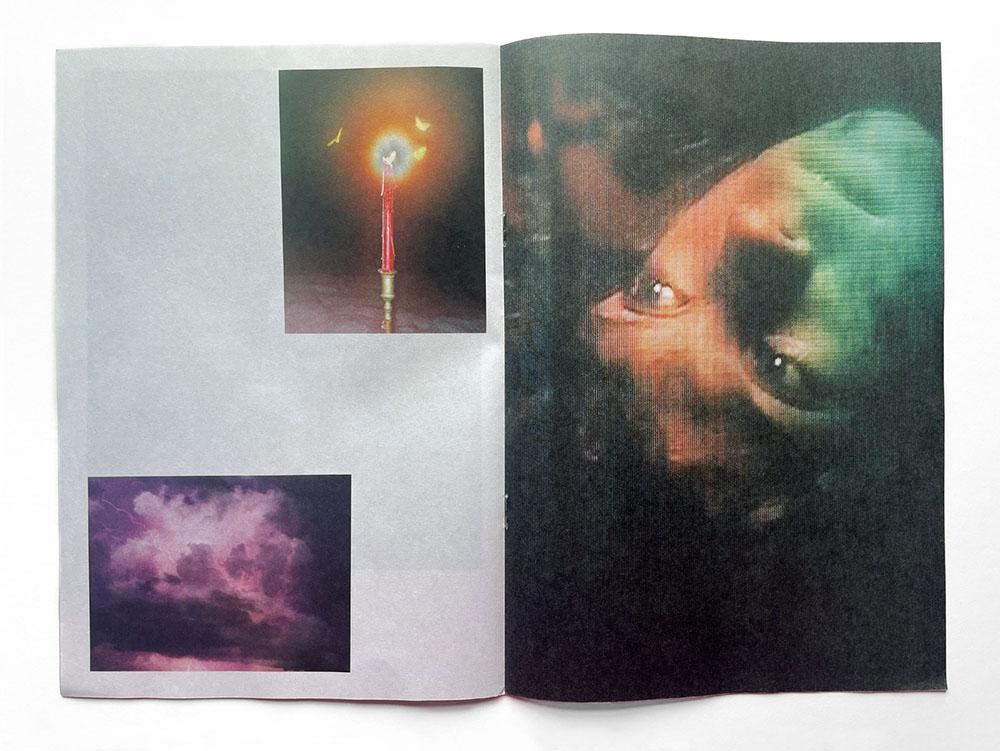
© Pia Paulina Guilmoth, do you believe in forever closer to a star, Femme Pastoral Press & Serchia Gallery, 2024
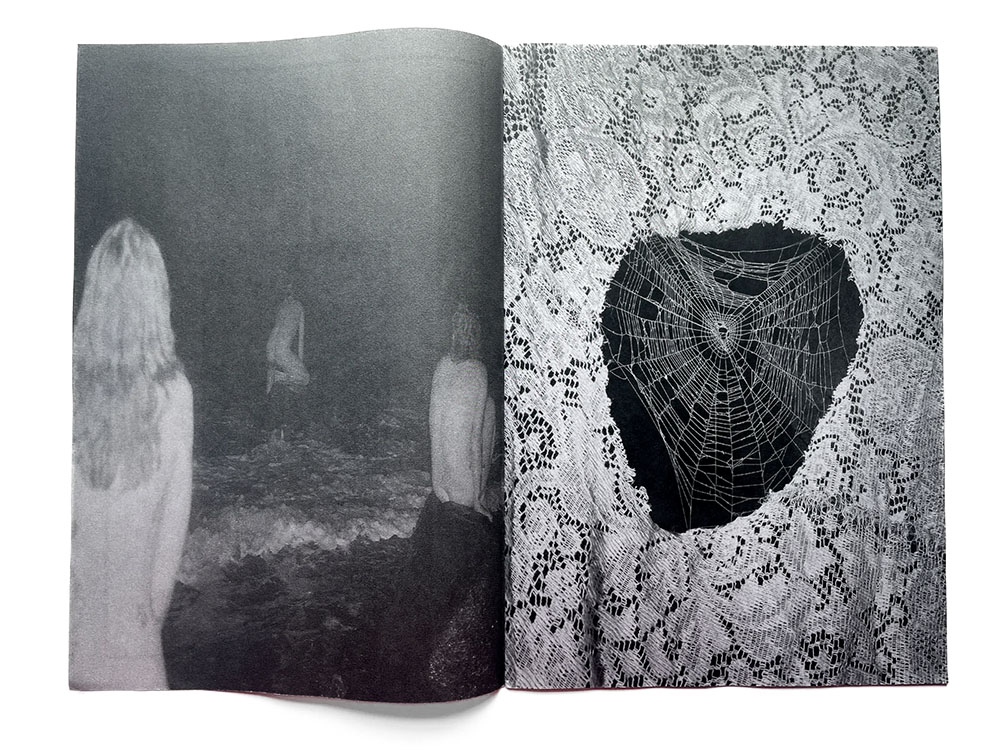
© Pia Paulina Guilmoth, do you believe in forever closer to a star, Femme Pastoral Press & Serchia Gallery, 2024
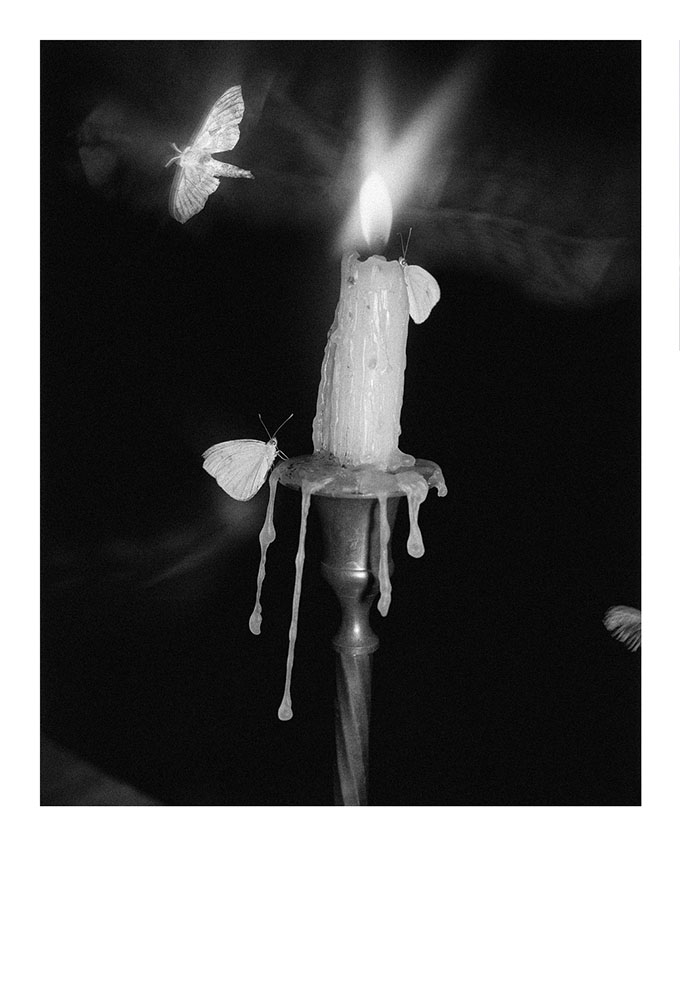
© Pia Paulina Guilmoth, do you believe in forever closer to a star, Femme Pastoral Press & Serchia Gallery, 2024
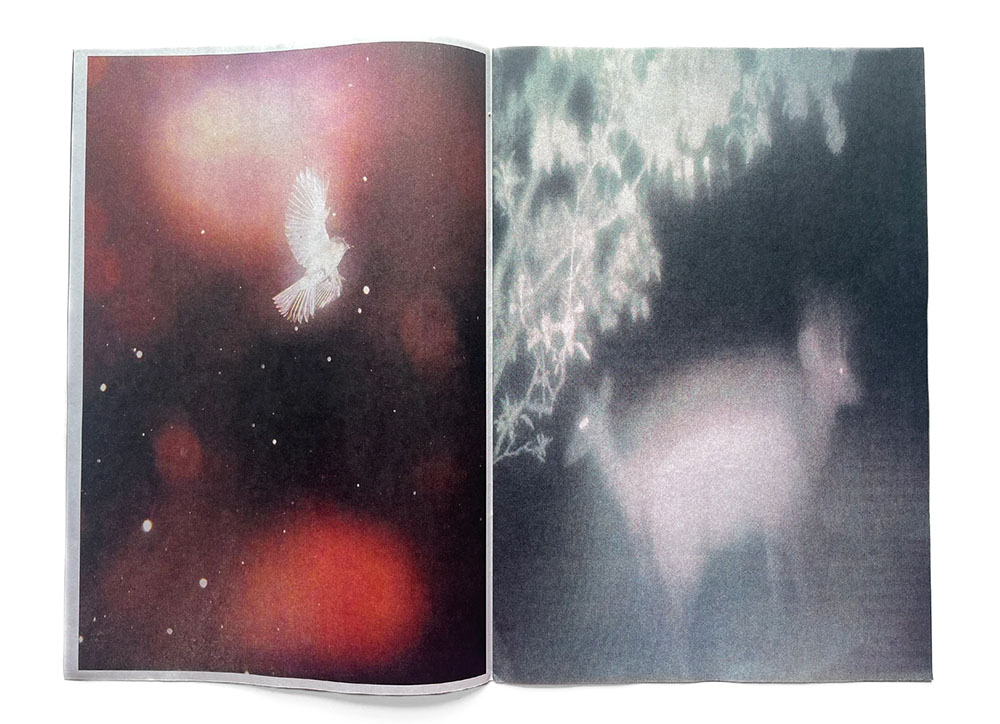
© Pia Paulina Guilmoth, do you believe in forever closer to a star, Femme Pastoral Press & Serchia Gallery, 2024
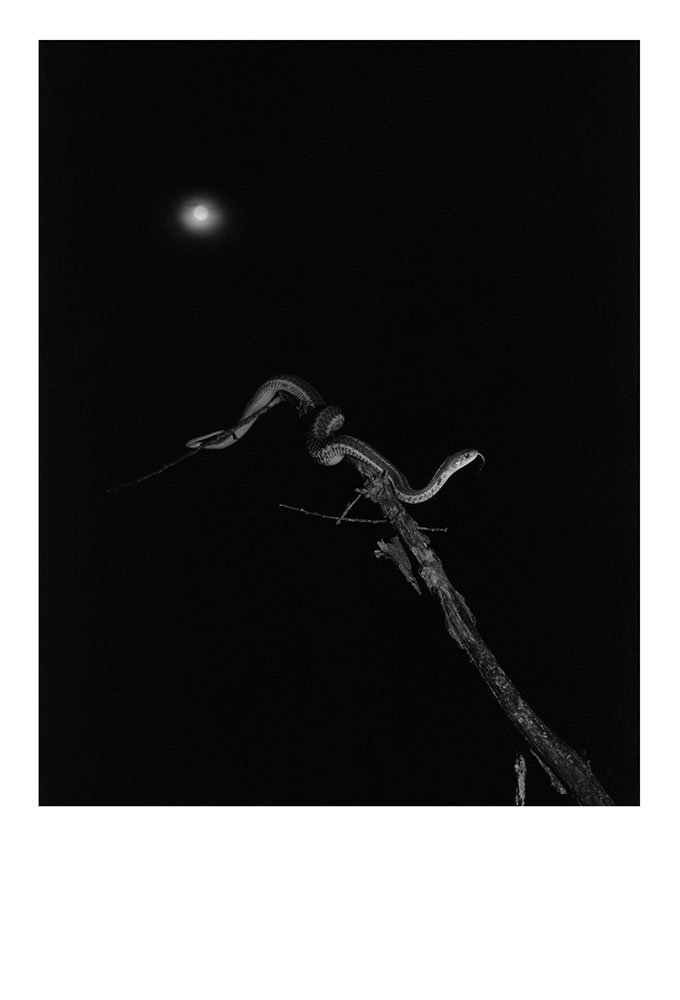
© Pia Paulina Guilmoth, do you believe in forever closer to a star, Femme Pastoral Press & Serchia Gallery, 202
When asked how she defines a zine, Guilmoth wrote:
When I make zines I think of them as EP’s as opposed to a full album. They’re usually less complete thoughts or ideas and more of a conglomeration of a bunch of random experiments and works in progress. I made “do you believe in forever closer to a star” while I was listening to caro♡’s album Heartbeats/Heartbreaks everyday for like a month and trying to bridge some colorful hyperpop sensibilities with my life in a backwoods setting.
“The Woods Glow Past Midnight is a collaborative zine featuring work by Jake Benzinger and Tabitha Barnard. The two explore ritual, witches, the occult, and the New England landscape as a set for storytelling. Through image-making, Jake and Tabitha explore mythos, both self-created and inspired by folk and fairy tales. Drawing on similar influences and sharing a similar visual vocabulary, their work pairs together to document a world between fiction and reality. The Woods Glow Past Midnight is staple-bound and includes 18 photographs and a 5-page full-bleed illustration.”
Contributing artists: Jake Benzinger, Tabitha Barnard
When asked how he defines a zine, Benzinger wrote:
I define a zine as an often, but not always, alternative, lo-fi, and scrappier form of bookmaking. They are typically a low cost means of printing and distributing work, but allow for a lot of intricacy. Whether it be material choice, binding method, etc. there is a lot of freedom that artists can take when making and designing zines. However, the historical importance and traditions of zines, and what they mean to under-represented and marginalized communities still hold true. Alongside being a medium distinct from other forms of bookmaking in its technicality, the zine’s ability to disperse information, and amplify the voices of those unheard, are vital to understand its power. They also heavily contribute to how zines have become such an important form in the arts, as well as how they continue to grow and evolve.
Posts on Lenscratch may not be reproduced without the permission of the Lenscratch staff and the photographer.
Recommended
-
All About Zines: July IssueJuly 19th, 2025
-
All About Zines: June IssueJune 15th, 2025
-
All About Zines (and other creations): April IssueApril 13th, 2025
-
All About Zines: February IssueFebruary 16th, 2025


